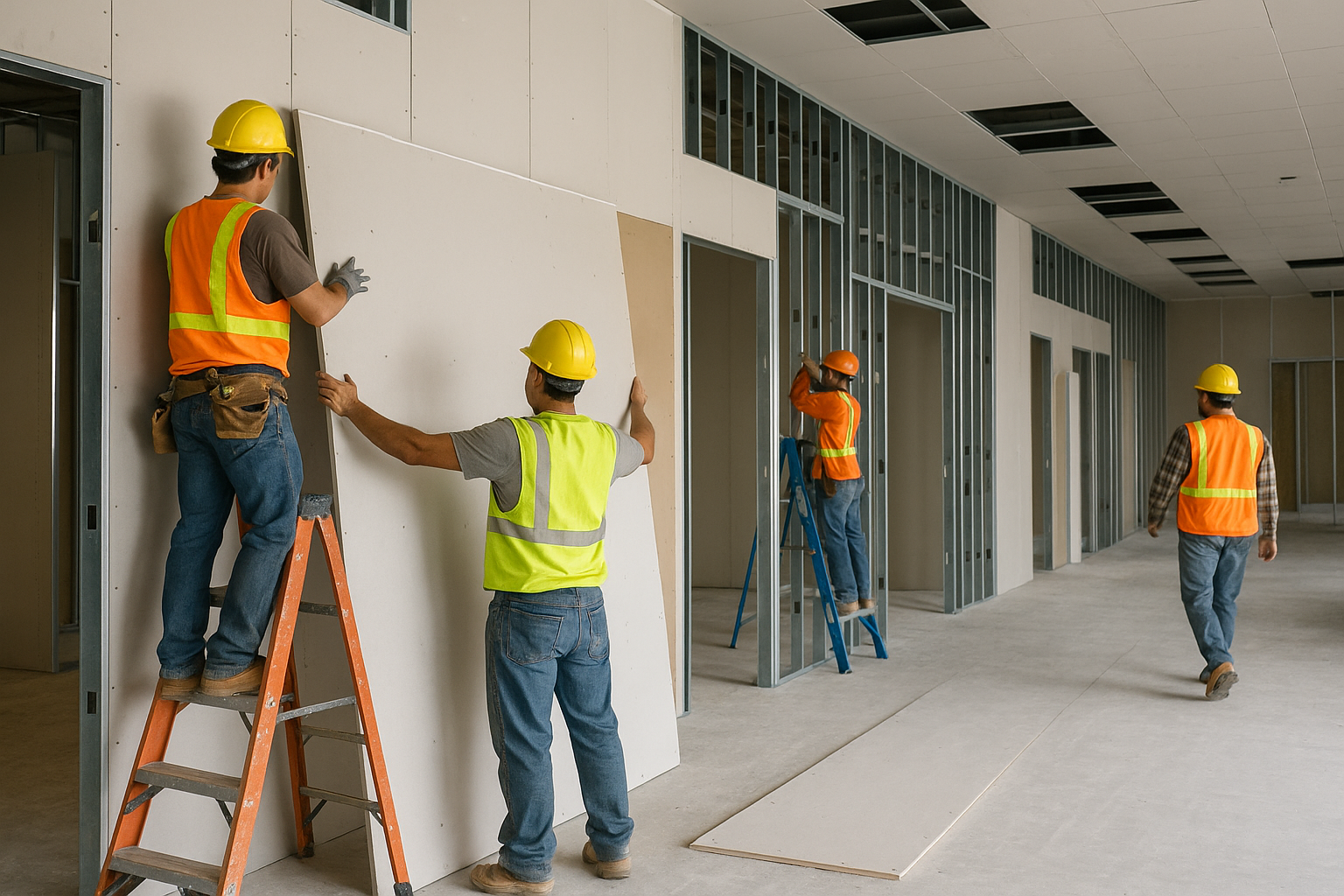
Drywall waste is one of the most overlooked cost variables in construction estimating. Yet, it can quietly drain project margins and create inefficiencies if improperly accounted for. While some degree of waste is inevitable due to on-site adjustments, miscuts, and design complexity, overestimating drywall waste inflates material costs unnecessarily and reduces bid competitiveness. For architects, engineers, and general contractors seeking tighter cost control, understanding true waste factors and how to refine them is a game changer.
Drywall waste estimates are typically generalized, with flat percentage assumptions applied across entire projects. These estimates often fail to reflect the actual conditions and design intricacies, such as radius walls, tight framing, or multi-height ceilings.
Overestimating drywall waste may seem conservative, but it can negatively impact your project’s financial and operational metrics:
Rather than a static number, drywall waste should be calculated based on project-specific variables such as:
Traditional workflows fall short in adapting waste assumptions dynamically. A more sophisticated approach involves integrating data-driven tools to reflect actual site conditions and design progress. This is where Active Estimating makes a difference.
One of the best ways to refine waste assumptions is to benchmark against completed projects. By comparing estimated waste to actual usage, estimators can recalibrate expectations and improve future accuracy.
To bring drywall estimating in line with actual project performance, consider the following:
Precision in estimating isn't just about accuracy—it’s about value creation. Overestimating drywall waste erodes that value. A more strategic approach supported by reliable data sources can create tighter budgets, stronger proposals, and smarter operations.
By using an advanced drywall estimating solution, construction professionals can achieve waste precision that supports profitability and environmental responsibility alike.
Richard Schoener
richard@activeestimating.com
(530) 601-7899
Active Estimating
508 2nd Street, Suite 208
Davis, California 95616
https://www.activeestimating.com/
https://www.activeestimating.com/drywall-estimating-software
Schedule a personalized demo to see how Active Estimating can work for your specific needs.
